
Gaudi Must See buildings in Barcelona
GAUDI MOST FAMOUS BUILDINGS
What not to miss in Barcelona
1) Visit Sagrada Familia

Sagrada Familia is the unfinished church designed by the Catalan architect Antoni Gaudí (1852–1926).
The Church will have three grand façades and eighteen spires. The completion of the spires will make Sagrada Família the tallest church building in the world.
Construction on Sagrada Família is not supported by any government or official church sources. Private patrons funded the initial stages. Money from tickets purchased by tourists is now used to pay for the work, and private donations are accepted through the Friends of the Sagrada Família.
It was anticipated that the building would be completed by 2026, the centenary of Gaudí’s death, but this has now been delayed due to the COVID-19 pandemic.
Tip: Wake up early for our Instagram Photo Shoot Experience 8:30am. We will visit the old city of Barcelona and by 10:30 am you’ll be at Sagrada Familia.
If you want to know the best local places for lunch around this area, go ahead and download my Barcelona Travel Guide.
2) Ciutadella Park
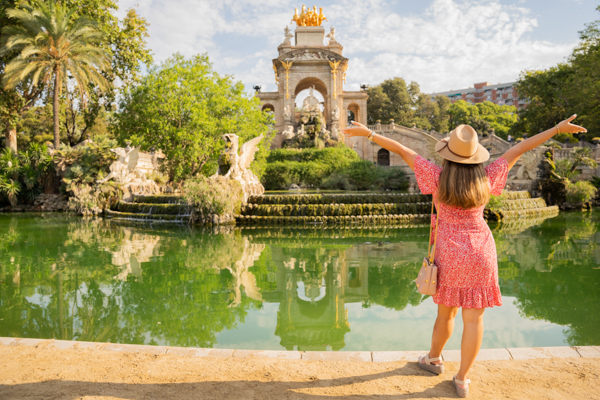
3) Plaza Reial

Plaça reial, is my favourite square in Barcelona. It’s located in Gothic neighborhood, near Ramblas. The plaza hosts restaurants and nightclubs with live music & flamenco shows.
Antoni Gaudí studied architecture and graduated in 1878. To pay for his degree, Gaudí worked as a draftsman for various architects and builders. Once he obtained the title of architect in 1878, his first works were some lampposts for the Royal Square.
The lampposts found in the Plaza Real in Barcelona were made by the modernist architect Antoni Gaudí in 1879. Through a commission from the Barcelona City Council, Gaudí designed two models of lampposts with three and six arms, with the initial objective of being installed in various public roads in the city. Finally, only two were installed in the Plaza Real, with six arms. Ten years later, four with three arms were installed in the Pla de Palau, of which two are currently preserved.
4) Casa Vicens

In 1878 Gaudí received a commission from Manuel Vicens i Montaner to build a summer residence for the family in the town of Gràcia.
Casa Vicens is a modernist building and is considered to be his first major project in the city. It was built between 1883 and 1885. The work belongs to Gaudí’s orientalist period (1883-1888), an era in which the architect made a series of works with a distinctly oriental flavour, inspired by the art of the Near and Far East as well as Hispanic Islamic art.
In July 2005, Casa Vicens was declared a World Heritage Site by UNESCO. Three other works by Gaudí were also declared at this time: the Nativity facade, the crypt and the apse of the Temple Expiatori of the Sagrada Família and Casa Batlló.
The crypt of Colònia Güell in Santa Coloma de Cervelló. Park Güell, Palau Güell and Casa Milà, had previously been granted the status in 1984.
5) Colonia Guell, the other Sagrada Familia.
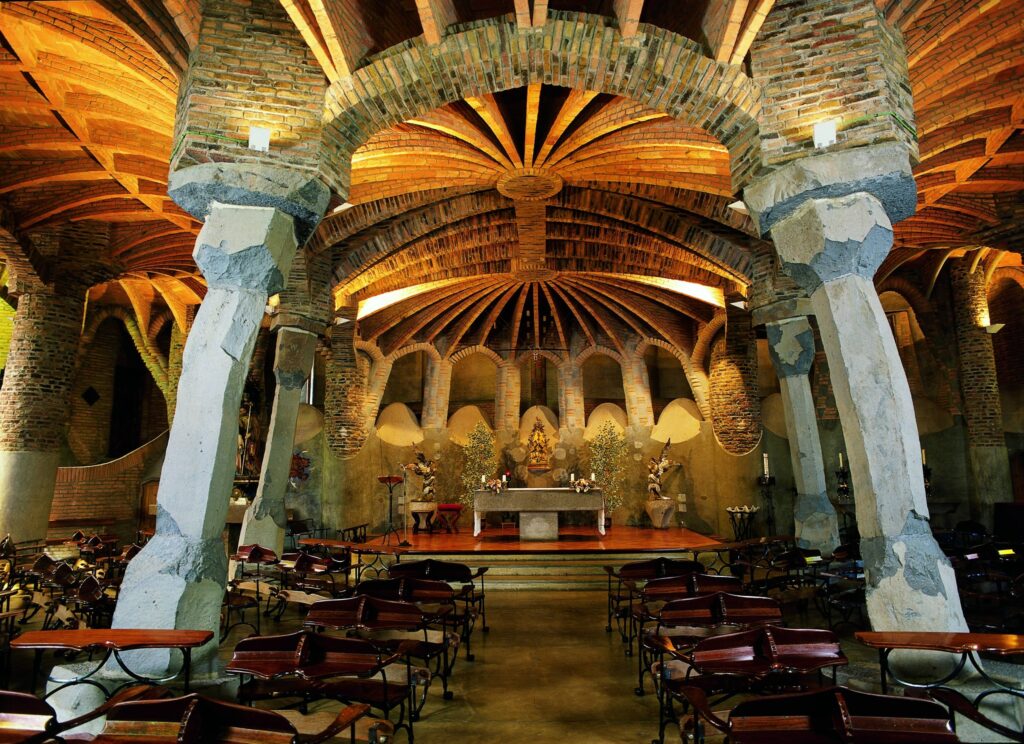
At the age of 28, the Church of Colònia Güell was one of several commissions Gaudí received from Count Güell in the suburb of Santa Coloma de Cervelló. Eusebi Güell enlisted the help of architect Antoni Gaudí in 1898.
It is an unfinished work by Antoni Gaudí that was built as a place of worship for the people on a hillside in a manufacturing suburb near Barcelona. He saw a testing laboratory where he could develop techniques that he could later use in what would be his great work: Sagrada Familia.
6) Palau Guell
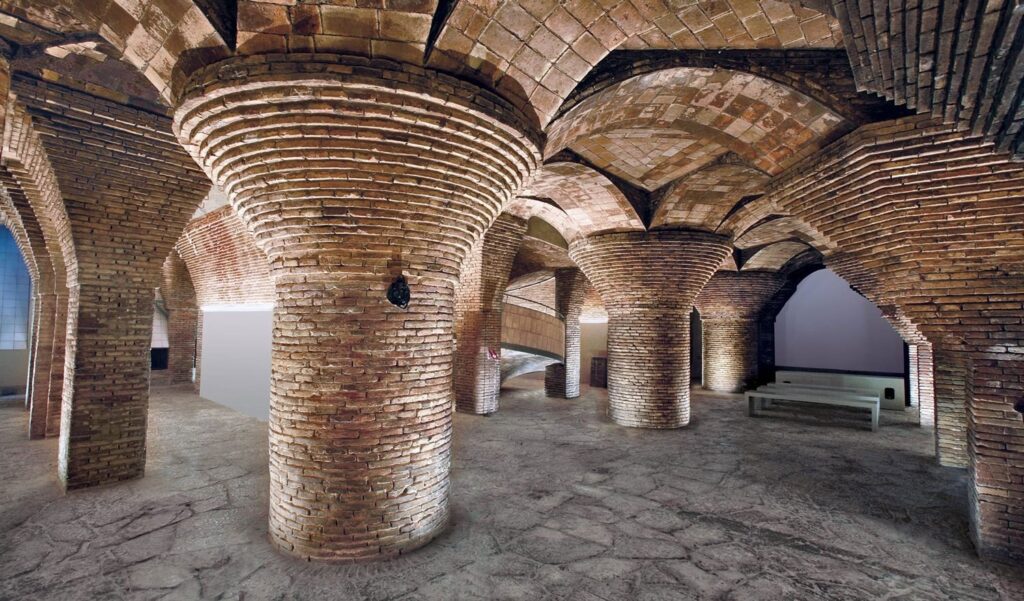
7) Casa Batlló
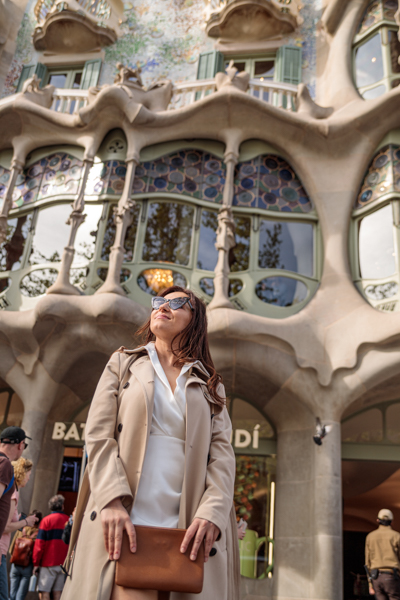
If you want to see what does the inside of Casa Batlló looks like, watch my youtube video here.
You can buy the tickets right here online through my link at the same exact price. You will be helping me and my blog 🙂
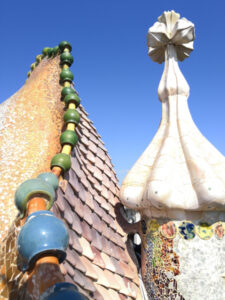
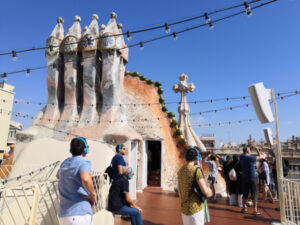
8) La Pedrera/ Casa Milá
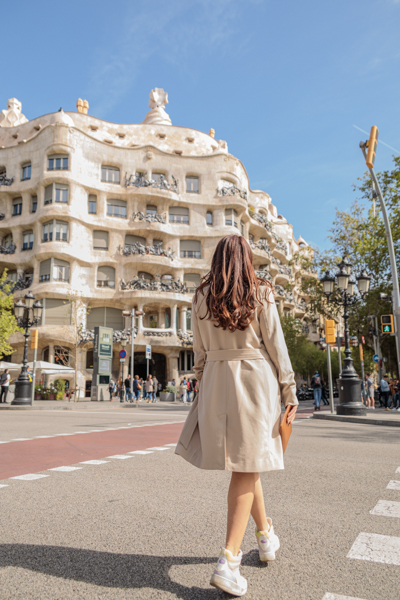
Casa Milá popularly known as La Pedrera or “The stone quarry”. It was the last private residence designed by architect Antoni Gaudí and was built between 1906 and 1912. The building was commissioned in 1906 by Pere Milà and his wife Roser Segimon. At the time, it was controversial because of its undulating stone facade & twisting wrought iron balconies.
Located on Paseo de Gracia, 92, they commissioned Gaudí for building them a new house with the idea of living in the main floor and renting out the rest of the apartments.
The building did not respect any rules of conventional style, for which Gaudí received much criticism. To begin with, the name “La Pedrera” is in fact a nickname assigned by the citizens who disapproved of its unusualness. The unique structure of the building and the relationship between the building’s architect and Pere Milà became the object of ridicule for the people of Barcelona and many humorous publications of the time.
If you want to see what does the inside of La Pedrera looks like, watch my youtube video here.
You can buy the tickets right here online through my link at the same exact price. You will be helping me and my blog 🙂
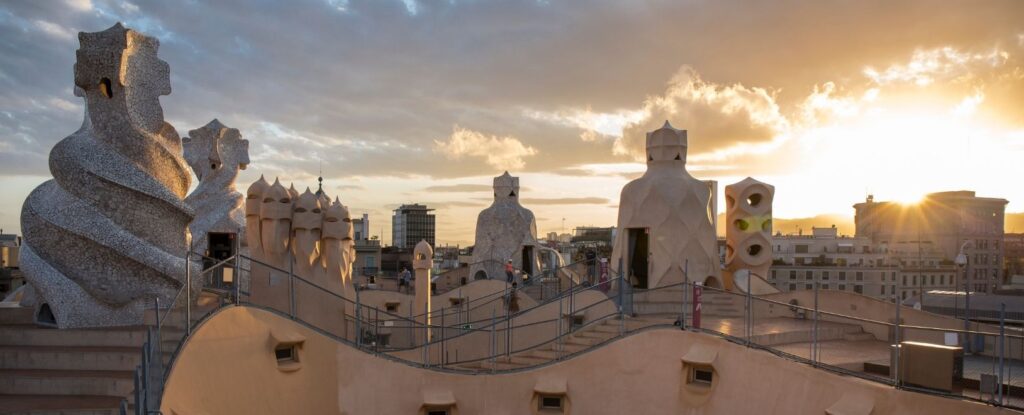
9) Park Güell
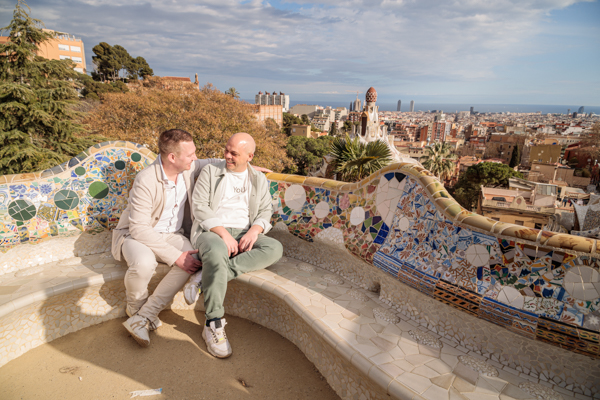
Gaudi’s death
Guadi died on Thursday 10th June 1926. He was hit by a Barcelona tram on the street Gran Vía de les Corts Catalanes between the streets of Girona and Bailen in the way to Sagrada Familia, as everyday.
At that period of his life Gaudi Gaudí was generally shabbily dressed and quite unkempt in his appearance. He was not carrying any identification papers and he was not recognised by anyone at the scene of the accident.
So Gaudí was taken to a Barcelona hospital for the poor called Antic Hospital de la Santa Creu i Sant Pau. It was – and still is – located the Raval district of Barcelona’s old city quite near to Las Ramblas. At the hospital Guadi was not recognised either and the great architect was given a bed with the indigent patients.
Gaudí died 3 days later in hospital. He was 73 years old.



